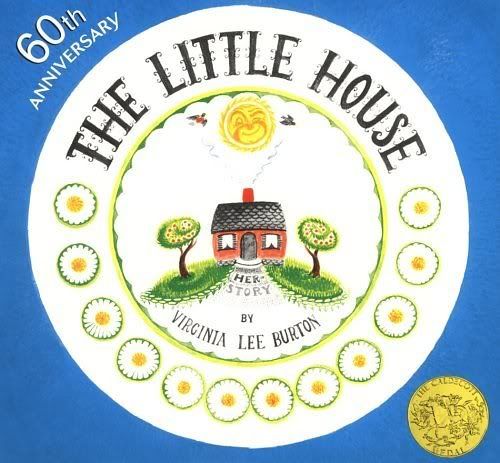
Title: Jumanji
Author and Illustartor: Chris Van Allsburg
Summary: The story starts with a mother and father leaving their two children alone for the night. The children go outside to play and they find a game called Jumanji. They decide to go back inside and play the game. The kids read the instructions and find out that the game will not be over untill one of the players reaches Jumanji. Peter is not entertained by the cautious directions and decides to start. the children experience a lion, raiding monkeys, a monsoon, rhino stampede, a lost guide, a sleeping virus, a snake, and a valcanoe. Finally Judy reaches the end of the game and after shouting Jumanji all of the jungle madness disappears and the house goes back to normal. The children take the game back outside for someone else to find. The children's parents come home with some friends. While the children are looking outside they see two boys find the game and run off to play it.
As a kid who really loved the movie Jumanji, it was hard for me to really get into the book. although I know that this book was the original story,there were so many details that were added in the movie. I was almost unsatisfied with just reading the story, I feel as if i want to go rent the movie. The story did not have very much characterization. Although we see that Peter is the bored and unenthusiastic brother and Judy is the more adventureous sister, we don't really get to know these two characters. The illustartions that Allsburgs creates are beautiful. The give the reader a sense of reality. It almost feels like the children are showing us snap shots from the actual game. The borders around the lifelike pictures make us feel like we are seeing something that actually happened. I think this is a quality book for children to read, and I would love to have it in my classroom available for children to use during free time, but I do not think I would use this as a major lesson.









